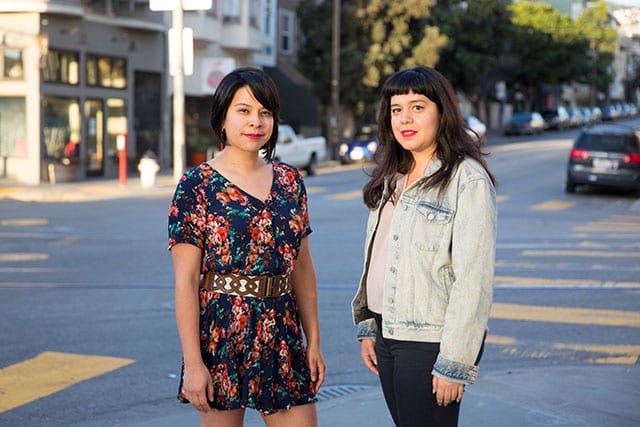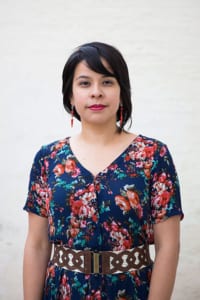 |
Cristina Mitra, Still Here Co-Curator, was born and raised in San Francisco in the Excelsior and Mission Districts by her working class immigrant Filipino-Mexican family. She has danced and performed for most of her life, from ballet to cumbia, and most recently with the Sambaxé contingent for Carnaval San Francisco. She was one of the first participants of QWOCMAP and her short film Off the Map: A Journey Through the Excelsior screened in the LGBT Center’s Rainbow Room in 2004. When she isn’t working on Still Here with her querida high school bestie, she is a proud children’s librarian serving the good people of Bayview Hunters Point. She currently lives in the Silver Terrace neighborhood with her partner, youth arts administrator, Aimee Espiritu. |
| Natalia Vigil, Still Here Co-Curator, was born and raised in San Francisco, the city that inspires her everyday. Her multigenre writing arises from the voices and stories of the people around her and mixes poem, memoir, song, feminism, assimilation, Xicanisma, loss, and myth. Her work has appeared in numerous publications and shows including Curbside Splendor Press, Mic.com, Know the Names of Things Anthology, Intersection for the Arts, Kearny Street Workshop, SOMArts, Mission Cultural Center and more. She loves collaborative projects and is thrilled to bring Still Here to the stage for the 3rd year in the city she loves por vida. |
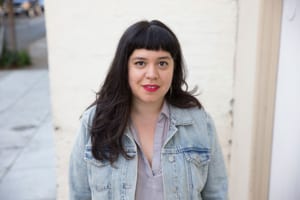 |
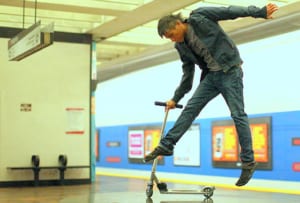 |
Jesselito Bie and STEAMROLLER Dance CompanyAn openly HIV-positive artist, Jesselito Bie was a founding member of STEAMROLLER, established in 1993 to create performance addressing HIV/AIDS in marginalized communities. Since Bie became artistic director in 1996 the company has become known for it’s irreverent references to popular culture, issues of identity and it’s highly athletic movement. He danced for a number of other Bay Area companies including The High Risk Group. He was awarded a 1999 Goldie by the SF Bay Guardian for Outstanding Local Discovery in Dance, the first ever 360 Award for Outstanding and Outrageous Queer Dance, and 2 awards from Bay Area Dancewatch. |
| Lenore Chinn began painting when she was growing up in San Francisco’s Richmond district, focusing on portraiture to explore the super-realistic depiction of a wide spectrum of people of color, lesbians and same sex couples. Employing a coded iconography rooted in a lesbian/gay cultural perspective, these images fuse an Asian aesthetic of sparseness and clarity with visual narratives that counteract the “magic-truth rituals” of racial and gender construction. Chinn’s inclusion in Harmony Hammond’s “Lesbian Art in America: A Contemporary History,” the first study of American lesbian visual artists, vastly expanded her national visibility. Her portraits documenting the historical evolution of San Francisco’s queer community challenge the social conventions that currently constitute the racialized order of things. She is included in Whitney Chadwick’s 5th published by Thames & Hudson World of Art, 2012, as well as “Encyclopedia of Asian American Artists” published by Greenwood Press in 2007. The artist has been a founding member of Lesbians in the Visual Arts and Queer Cultural Center and is affiliated with the Asian American Women Artists Association. |
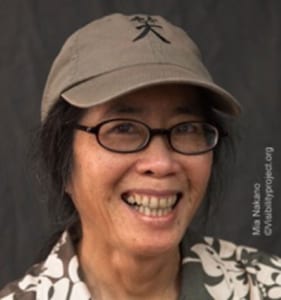 |
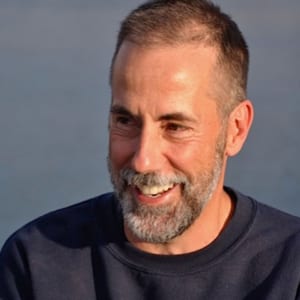 |
Patrick Letellier has won three writing awards for essays on gay politics, poverty, and prisons. He’s now writing a memoir about AIDS, titled My Obituaries: Stories of Love and Loss from the AIDS Epidemic. Patrick lives in the redwoods of Pescadero, CA, with his husband, George, and their dog, Matthew. |
Ruth Mahaney has lived in San Francisco since 1971 when she came out and moved here from Chicago and Indiana. She taught Women Studies at Sonoma State University and San Francisco State University and now teaches at City College of San Francisco in LGBT Studies (History and Social Issues). She has been a member of the Modern Times Bookstore Collective since 1981 and still works there.
|
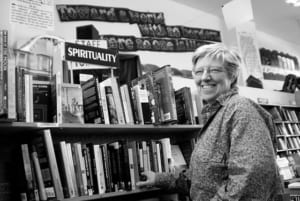 |
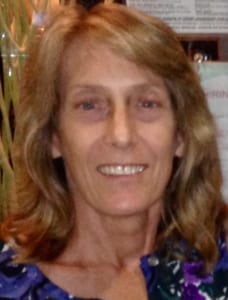 |
Laurie Hauer, RN, MPA, has a background in public health and women’s and lesbian/gay health issues. Beginning in 1982 she provided clinical HIV/AIDS care and coordinated community-based HIV research protocols in SF. In 1990, she moved to Santa Cruz and co-directed a program providing clinical care and case management to low-income HIV+ people. She is now semi-retired.
|
| Ed Wolf has worked continuously in the AIDS/HIV field since 1983. He has performed at Porchlight, Smackdab, the Biggest Quake and numerous other open mics in San Francisco. He is featured in the documentary, “We Were Here,” and has written and spoken widely of his experiences around the world. |
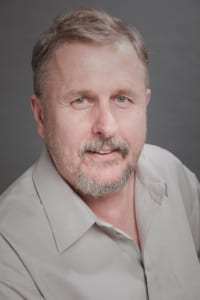 |
| Emmanuelle Antolin is a film and video director, editor and producer. Emmanuelle works with film as a tool for individual and social transformation. She believes that “story” cultivates personal and community power and meaning, by creating a link between the storyteller and the listener, and by articulating the unknown or untold. She is currently producing a documentary about the lesbian response to the early AIDS crisis. |
 |
 |
Puma Carpio was born in the Western Addition of San Francisco, California in 1985. He is an AIDS survivor, community organizer, urban gardener, body/energy worker, astrologer and mystic bruj@. Puma was raised in a Peruvian household in South San Francisco, where he embraced his complex calling in natural healing and social justice. He is a newly rising artist in the SF Bay Area, describing a continuous and powerful resilience that Queer People of Color face amidst a gentrified urban environment. Puma synthesizes his experiences in the health care systems, herbalism studies, and pre-nursing education to better illustrate how the mortality of youth can be compromised. His art focuses also on the value systems that young queer men are subjected to via hypersexuality, exoticism and gender dynamics in the gaystream world. He currently lives in the queer anarchist co-operative, Baker’s Dozen. |
| Narissa Lee has been running amok in the fields of digital media and filmmaking for over 10 years. She studied Film and Digital Media at UC Santa Cruz. Her short films have screened Stateside and in theaters internationally. Narissa would like to figure out how to use film to reverse climate change, depose corrupt leaders and the corporatocracy, and spur a greater sense of humanity amongst all people and across all divisions. She just needs a few more minutes, please. |
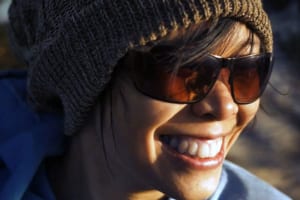 |
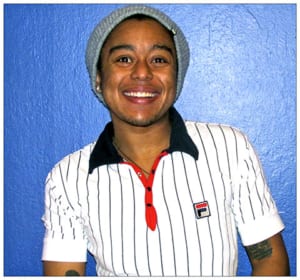 |
Mason J. is a Multidisciplinary Artist, Afro-Xicano SF Native, Genderqueer/Two Spirit/Trans* Man, Disability Advocate, and Activist. Born and Raised in SF’s Western Addition during the end of the crack and AIDS epidemics his work bends grit, tenderness, and critical flippancy to give unapologetic first person accounts of navigating his now unrecognizable hometown. |
| Vero Majano is an artist born and raised in San Francisco’s Mission district. Her work seeks to preserve memories of the Mission in San Francisco history through film, story-telling and found footage. Her short films include “Calle Chula,” “Two-Four” and “I Reminisce,” which have screened at the Guggenheim Museum, the DeYoung Museum, and numerous film festivals. She was co-director of the film “Why I Ride, Low and Slow”, and co-produced with Sandy Cuadra the exhibition “Two-Four Homegirls, Circa 1980”, a collection of personal photographs that featured the Tiny Locas, at the Mission Cultural Center. A resident at the Djerassi Resident Artist program, she has received grants from the Rockefeller Foundation Media Fellowship and the Puffin Foundation. Majano is a member of the Caca Colectiva, and co-founder of Mission Media Archives, which collects and preserves audio and 16mm films shot in San Francisco’s Mission district during the 1970s and ’80s. The Mission Media Archives believes that by sharing their films with contemporary audiences, we all collectively preserve a past Mission. |
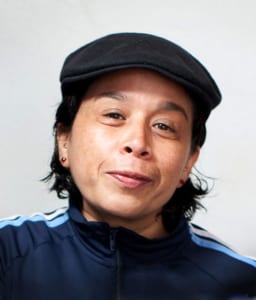 |
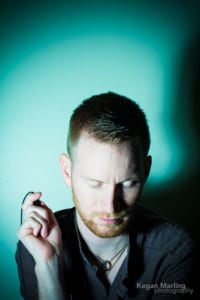 |
Kegan Marling is a photographer, dance artist, and consultant from the San Francisco Bay Area. Influenced by Della Davidson, Lea Anderson, and Nigel Charnock, Marling’s work focuses on queer communities in San Francisco and their pursuits of play within social groups such as cowboys, gaymers, pups, queens, wrestlers, and faeries. |



